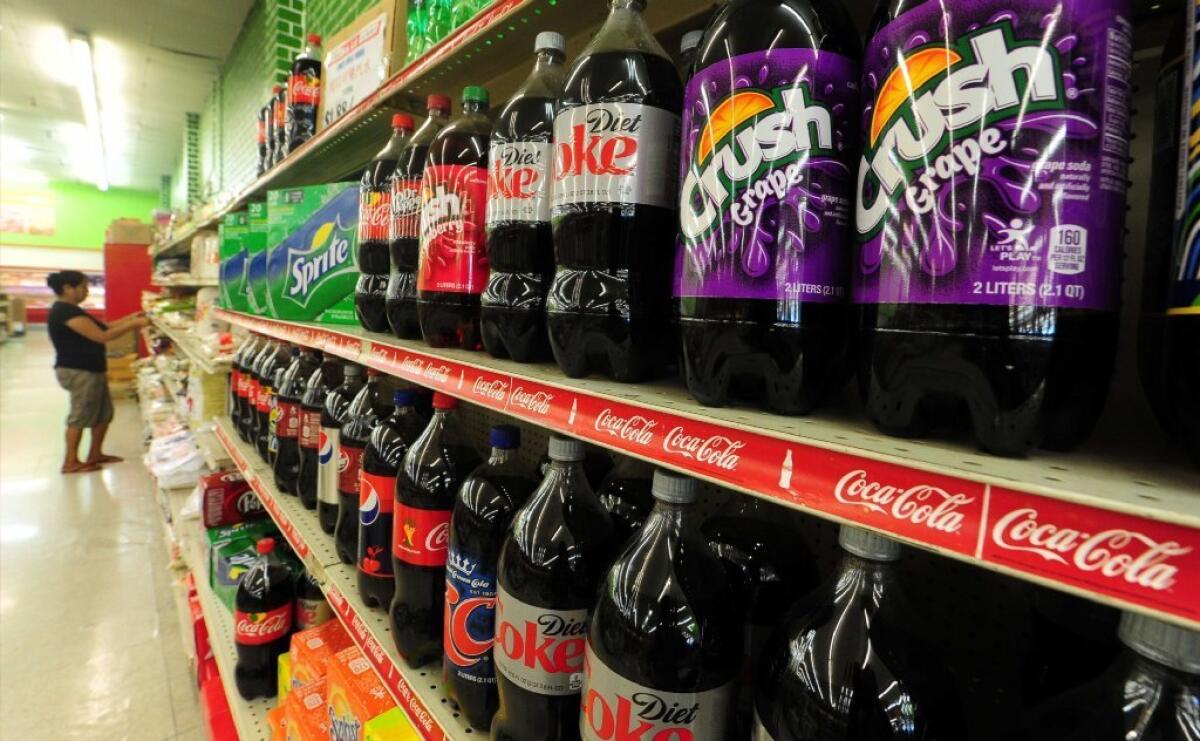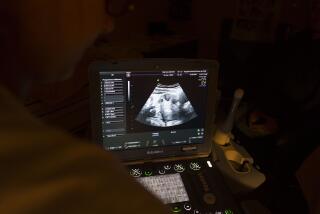With diabetes rising at alarming rate, California puts money behind prevention campaign

- Share via
California officials decided this week to dedicate $5 million to prevent people at high risk for diabetes from getting the disease, hoping to stem the huge numbers of Californians expected to be diagnosed in the coming years.
Currently 9% of Californians have diabetes, but a study last year found that 46% of adults in California have prediabetes, a condition in which blood glucose levels are higher than normal but not high enough to be considered diabetic.
“That is a staggering number,” said Flojaune G. Cofer, research and state policy director for Davis-based Public Health Advocates, which sponsored the bill, SB 97, that adds the new funding.
Cofer said that if nothing is done to stop prediabetics from developing diabetes, millions more Californians will become diabetic in the next five years and the state’s diabetes rate will likely double. Approximately 70% of prediabetics will become diabetic in their lifetime.
Gov. Jerry Brown on Monday approved $5 million to pay for Medi-Cal recipients to enroll in the Diabetes Prevention Program starting July next year. Participants must be overweight and have high blood sugar levels, but not yet be considered diabetic.
The program helps people lose 5% to 7% of their body weight by eating more healthfully, exercising more and reducing stress — and has been shown to cut the risk of developing diabetes by more than half. California will become the third state to cover the program as a Medicaid benefit after Montana and Minnesota.
Daniel Zingale, senior vice president at the California Endowment, said Medi-Cal has long covered the high costs of dialysis for diabetic patients whose kidneys have failed, but not the lower costs of trying to get people to eat better and work out more to prevent getting diabetes in the first place.
“What’s revolutionary about this change is that it finally starts to recognize that by investing modest amounts on the front end on prevention, we can save enormous amounts in the long term,” Zingale said.
The state’s $5 million investment is expected to be matched by $8 million from the federal government, Cofer said. Each year, the state expects to enroll roughly 25,000 people. Implementing the program should save $45 million a year because of those who end up not developing diabetes — and requiring less medical treatment — as a result of the intervention, Cofer said.
Twitter: @skarlamangla
ALSO
She watched her ex-husband end his life under California’s new right-to-die law. ‘I felt proud’
What the Senate healthcare bill could mean for Californians
An LAPD officer needs a bone marrow transplant. His ethnicity limits his chances of getting one
More to Read
Sign up for Essential California
The most important California stories and recommendations in your inbox every morning.
You may occasionally receive promotional content from the Los Angeles Times.











